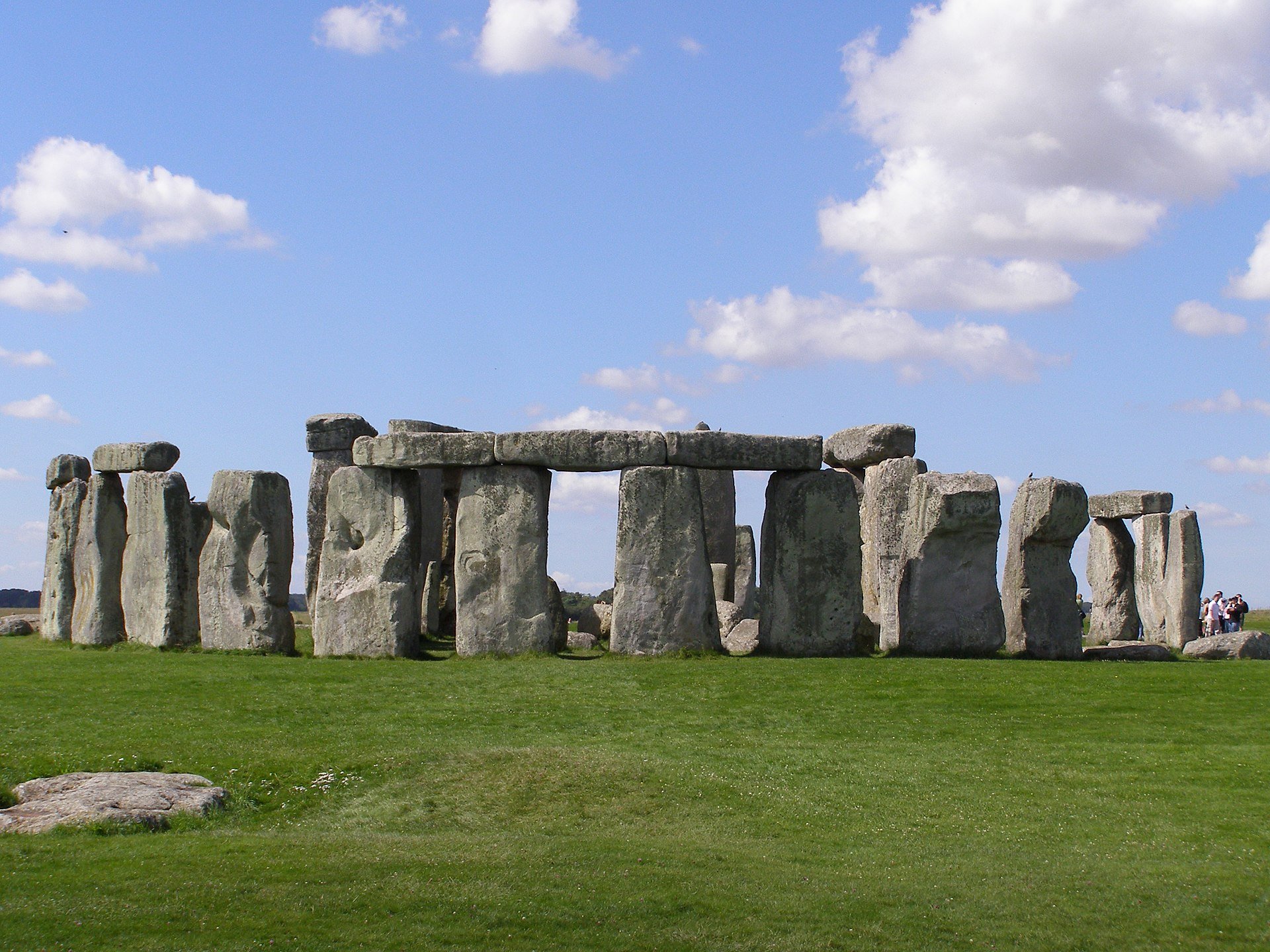
Archeologists have long speculated that Stonehenge, the prehistoric stone circle in Wiltshire, England, was a sort of astronomical calendar because of its perfect alignment with the midsummer and midwinter solstices. However, they have struggled to determine how the calendar worked. Now, Professor Timothy Darvill of Bournemouth University in the UK, may have finally solved the mystery. The expert believes the 5,000-year-old neolithic monument served as a solar calendar for the local residents.